This contemporary Kilmacolm home centres on an enchanting garden to be discovered
The Pond House in Kilmacolm, Scotland, is designed by Technique Architecture and Design, and offers panoramic garden views and contrasting colourful details

Set 15 miles west outside the bustling hub of Glasgow, in Kilmacolm, The Pond House embraces its quiet location, overlooking the Gryffe Valley and its elegant garden views. Surrounding villas are scattered along the hillside, built to respect each other's privacy - a notable neighbour is Charles Rennie Mackintosh’s ‘Windyhill‘ house.
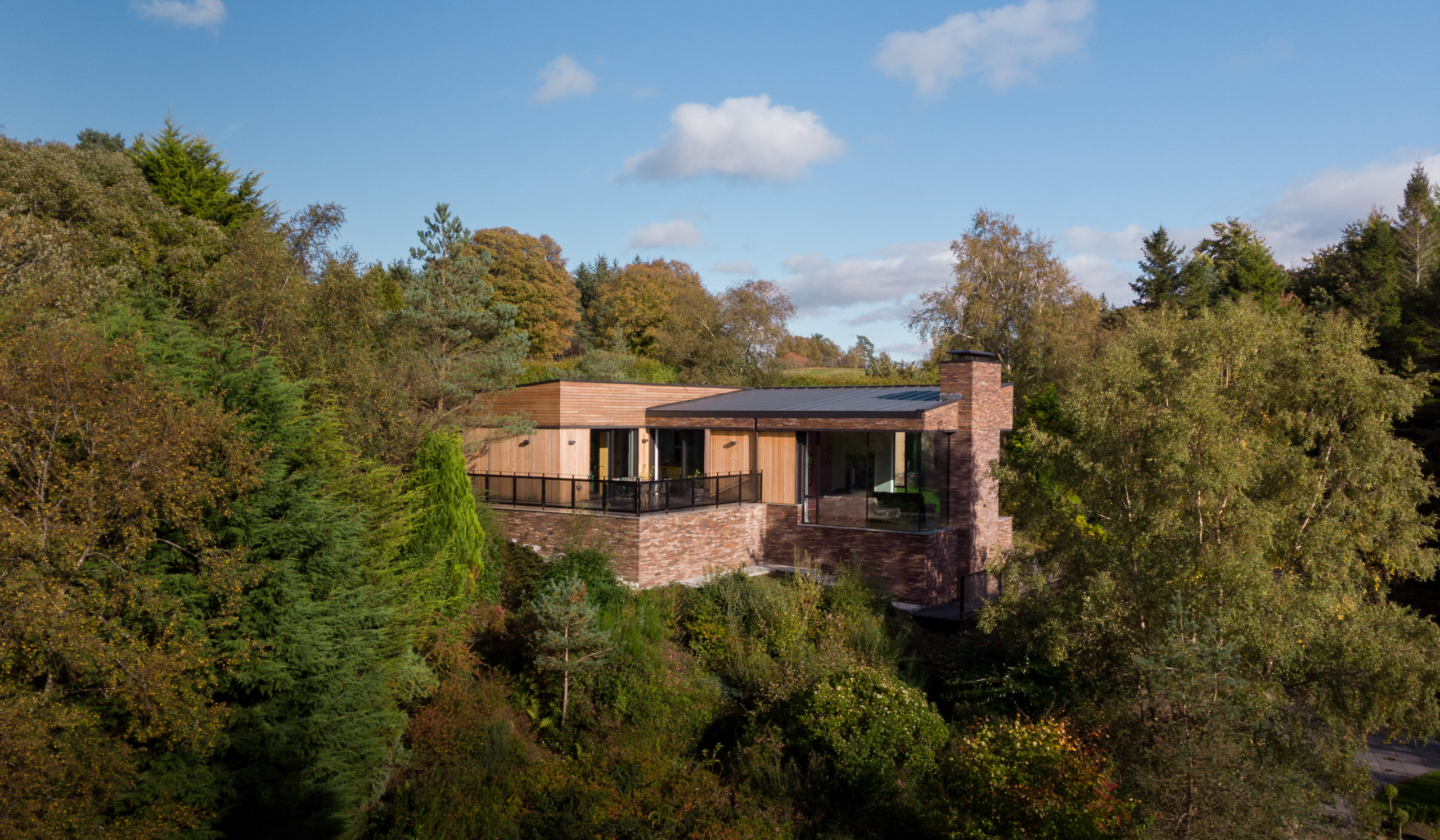
Discover The Pond House in Kilmacolm
The team at Glasgow based studio Technique Architecture and Design took its cues from its clients - one of which is Scottish figurative artist Rosemary Beaton - to create a fluid central space that offers the opportunity to display and enjoy the owners' personal art collection. This resulted in a spacious, contemporary 305 sq m home, accompanied by a 70 sq m detached artist's studio.
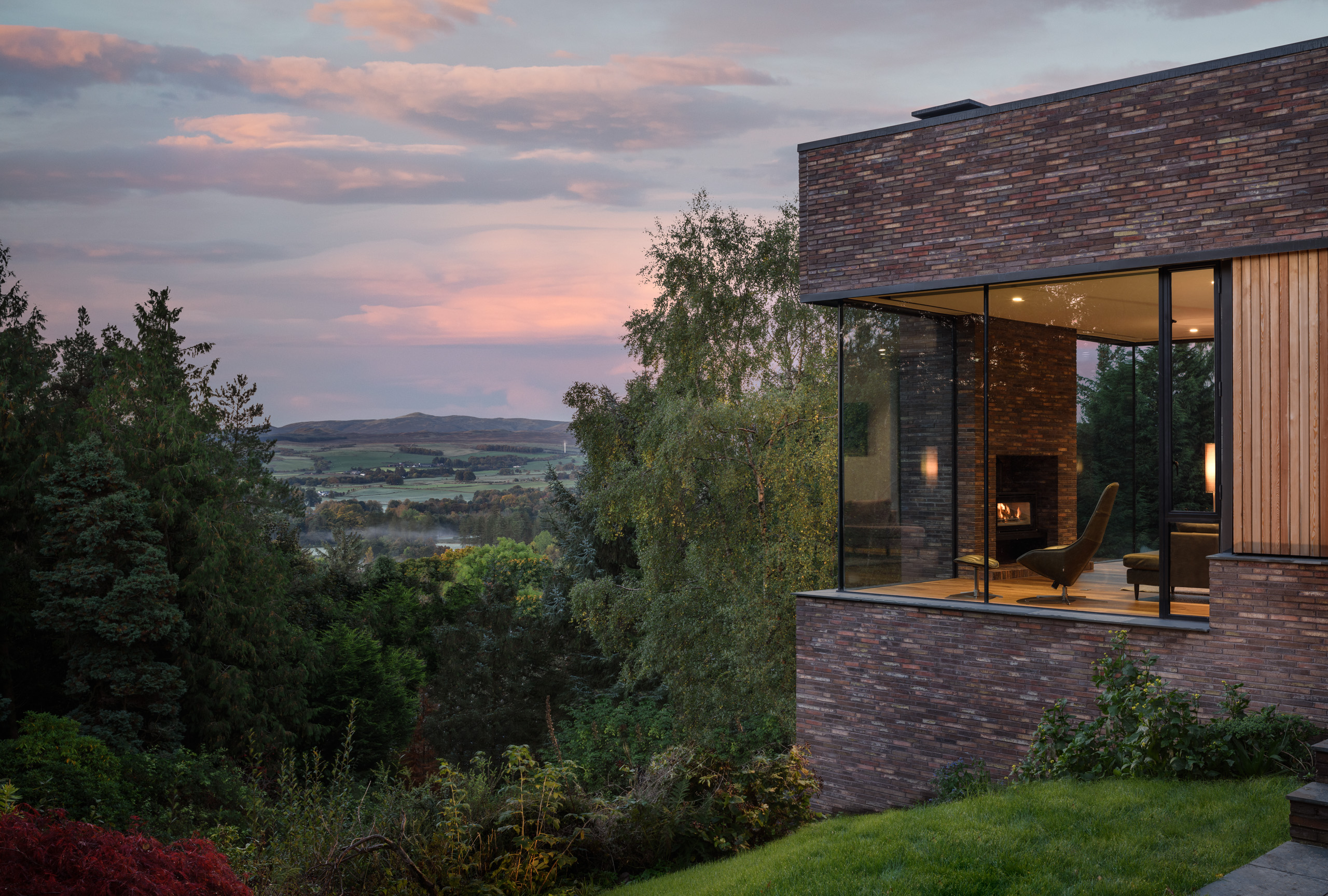
The site is well concealed among foliage on its steep south-facing plot. A narrow pathway is carved into the slope, sheltered by the surrounding trees and mature vegetation. It makes its way through the garden, arriving at a charming pond.
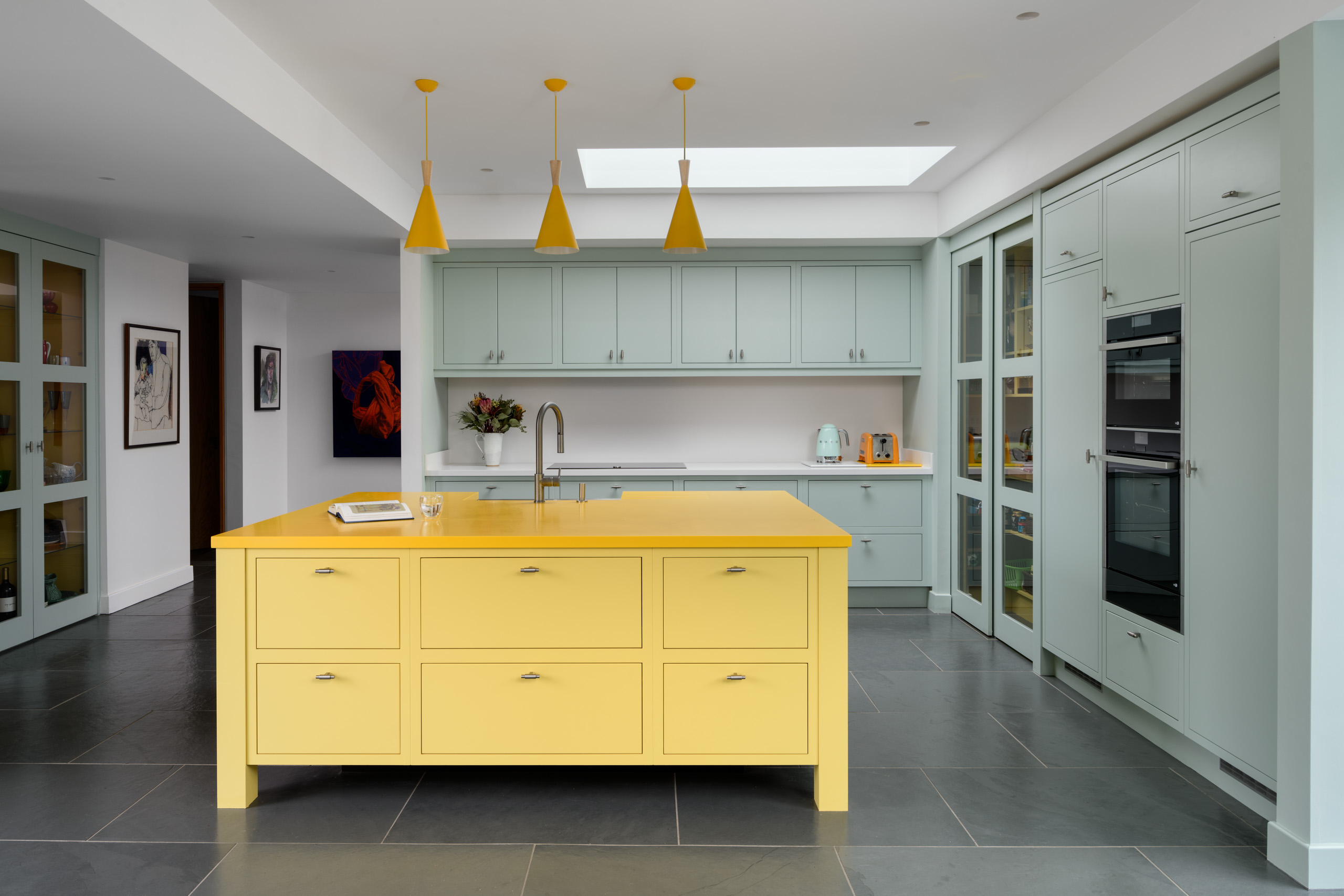
This playful journey into the property adds to a sense of discovery, which reflects the clients approach to art too, and was a source of inspiration for the design.
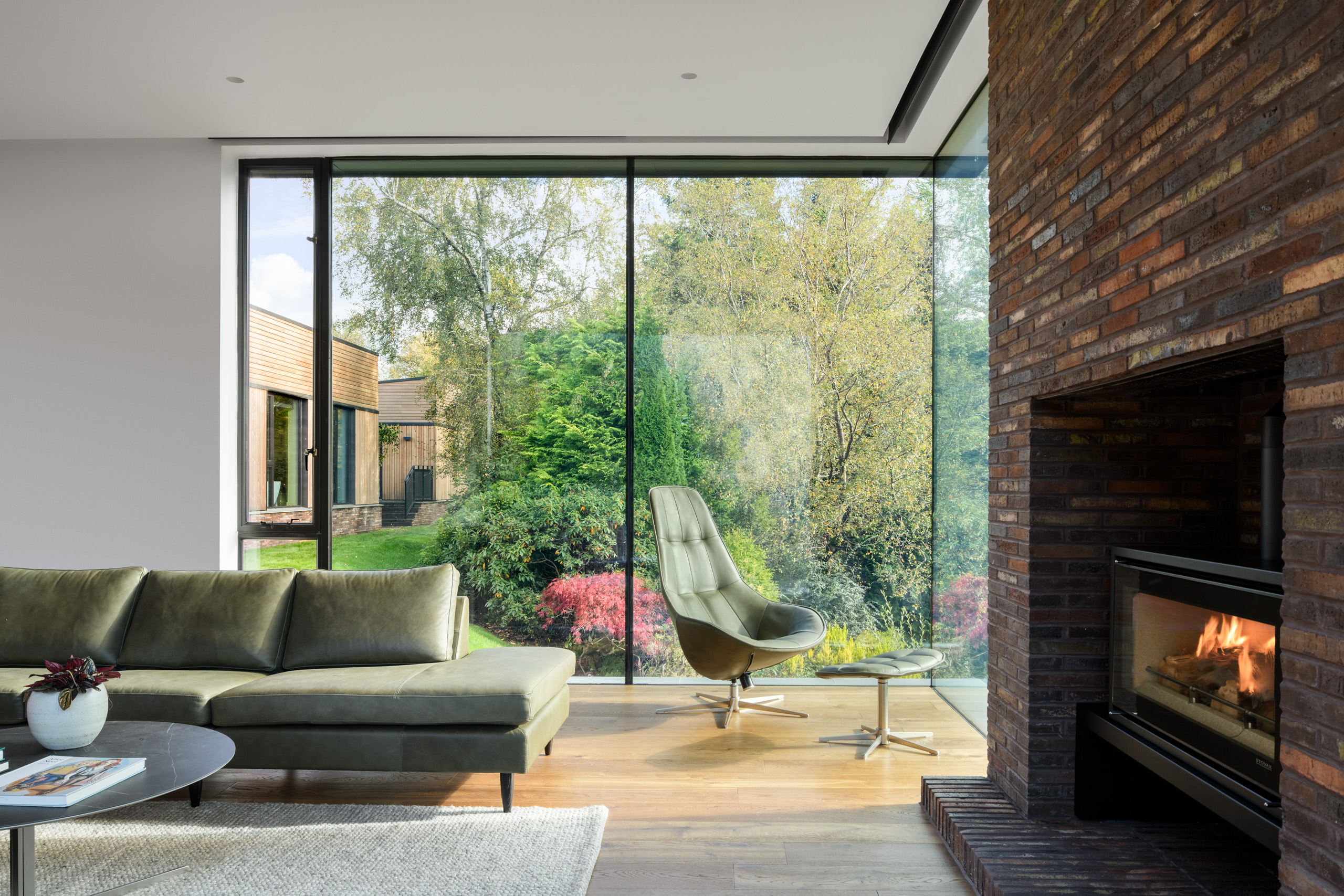
The new construction sits on top of an existing building's footprint and foundation. The old single storey build sits discreetly below the treeline, nestled within its context. Instead of being designed to complement its neighbouring Victorian style properties, the garden and the surrounding environment at Pond House was used as the main focal point for design inspiration.
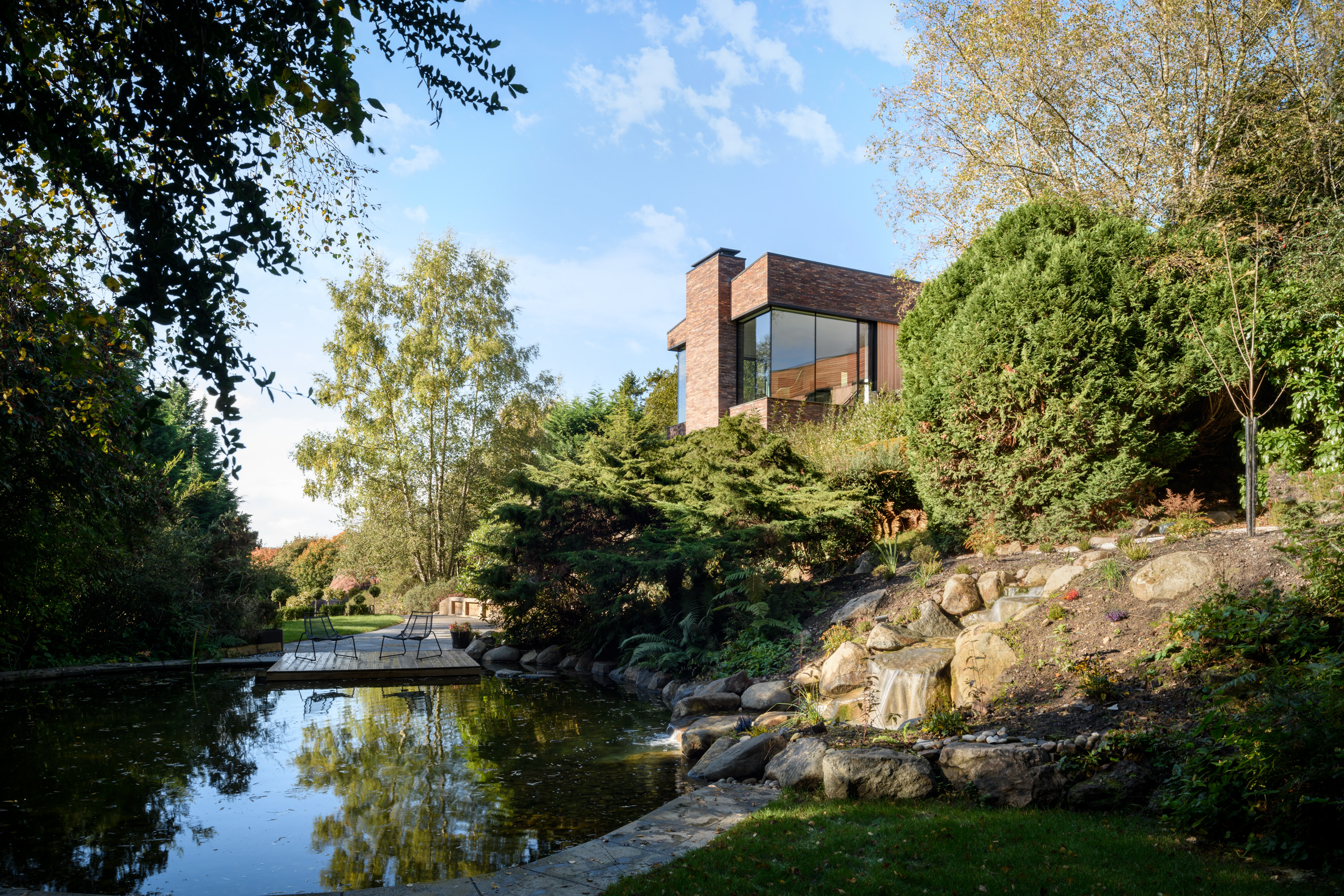
Practice founder Jamie Ross decided early on that the house’s façade of timber and Danish brick would act like a wall to a secret garden which will eventually, with ongoing weathering, become at one with the landscape.

Zinc and glazed architectural details add crispness and contrast to the property. The client's artwork is placed across the home, between the living room, bedrooms and studio. Continuous floor finishes unify different rooms and extend to the outside areas, adding a fluidity that widens the space. Floor to ceiling heights vary in order to help define different zones and offer spatial diversity, spanning from expansive, to cosier areas.
Receive our daily digest of inspiration, escapism and design stories from around the world direct to your inbox.

Windows are strategically placed to frame garden views, with the landscape being fully revealed in the living space through a wide panorama, only interrupted by a feature fireplace. Two outdoor terraces connect the kitchen and living room, and they can be used to sit out and enjoy the sun as the days begin to stretch longer. A private open courtyard separates the house and studio.
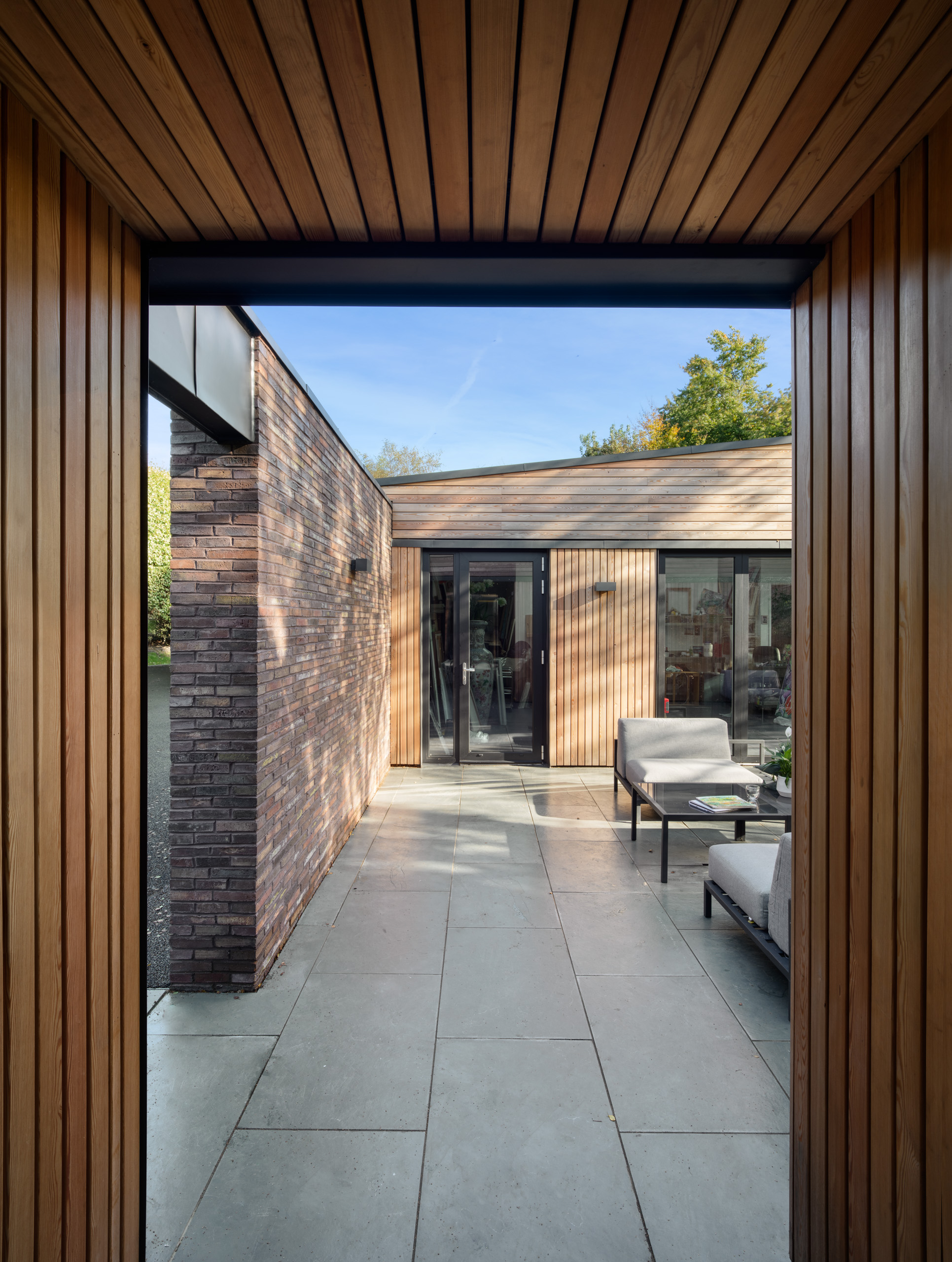
The build uses a variety of materials which would age gracefully. Bricks were coal-fired, leaving a varied finish on each individual one. The resulting colours pick up on the red tones of the site’s igneous rock. Lighter-feeling, untreated cladding contrasts the brick texturally, while slate and oak flooring, and full height doors reinforce the architectural attention to reference the natural surroundings at every turn.
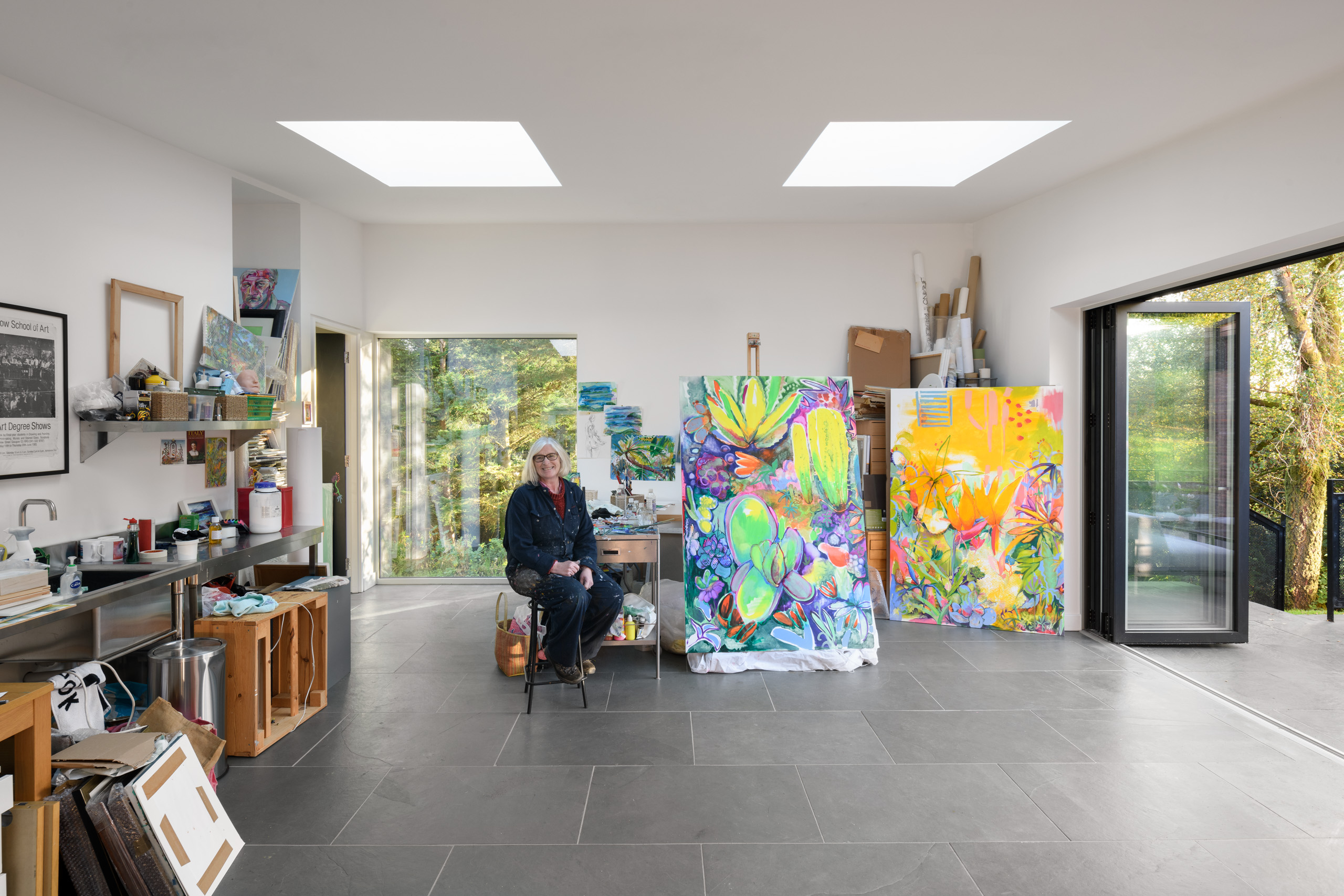
Tianna Williams is Wallpaper’s staff writer. When she isn’t writing extensively across varying content pillars, ranging from design and architecture to travel and art, she also helps put together the daily newsletter. She enjoys speaking to emerging artists, designers and architects, writing about gorgeously designed houses and restaurants, and day-dreaming about her next travel destination.
-
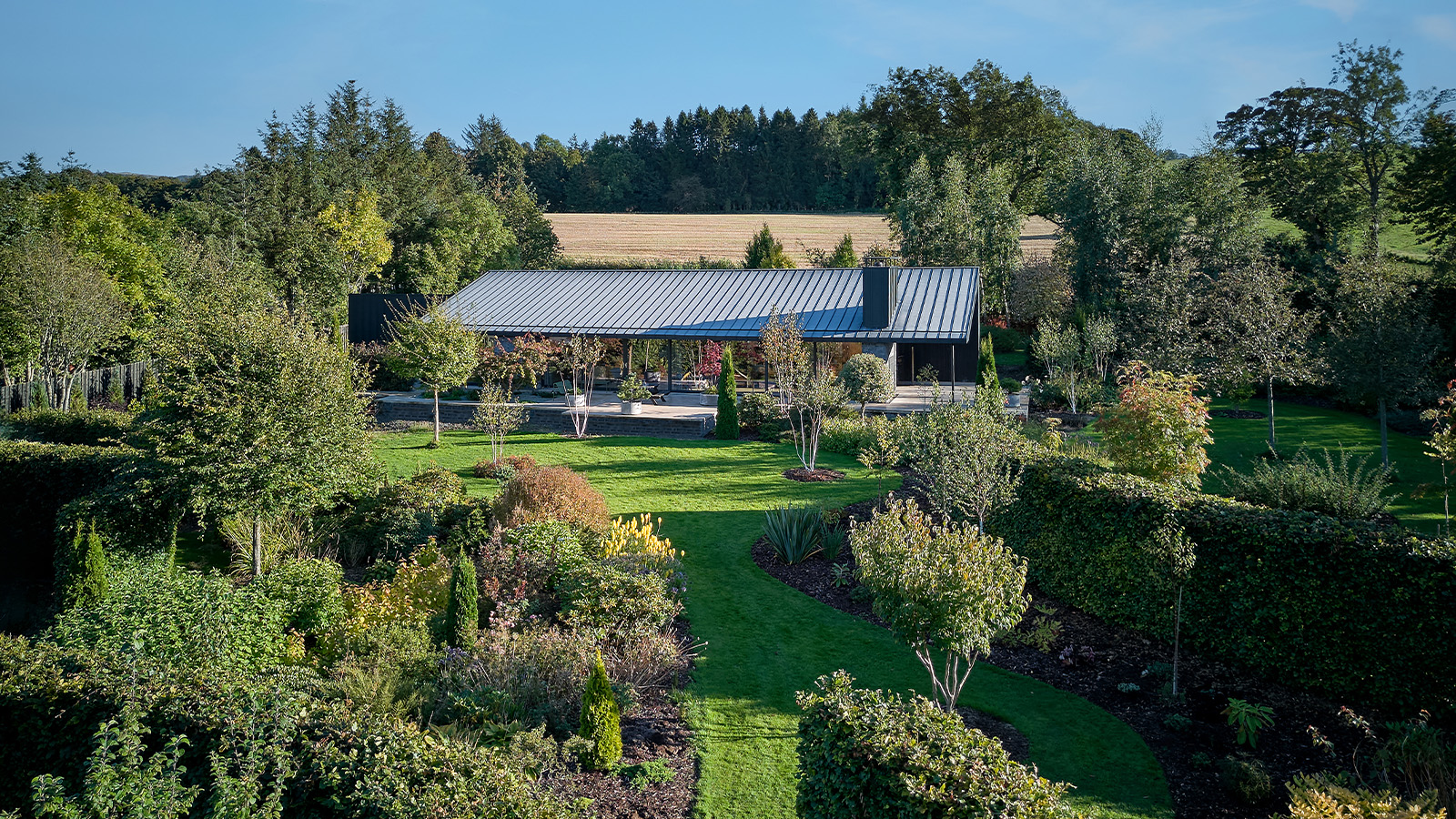 A compact Scottish home is a 'sunny place,' nestled into its thriving orchard setting
A compact Scottish home is a 'sunny place,' nestled into its thriving orchard settingGrianan (Gaelic for 'sunny place') is a single-storey Scottish home by Cameron Webster Architects set in rural Stirlingshire
-
 7 colours that will define 2026, from rich gold to glacier blue
7 colours that will define 2026, from rich gold to glacier blueThese moody hues, versatile neutrals and vivid shades will shape the new year, according to trend forecasters
-
 In Norway, discover 1000 years of Queer expression in Islamic Art
In Norway, discover 1000 years of Queer expression in Islamic Art'Deviant Ornaments' at the National Museum of Norway examines the far-reaching history of Queer art
-
 A compact Scottish home is a 'sunny place,' nestled into its thriving orchard setting
A compact Scottish home is a 'sunny place,' nestled into its thriving orchard settingGrianan (Gaelic for 'sunny place') is a single-storey Scottish home by Cameron Webster Architects set in rural Stirlingshire
-
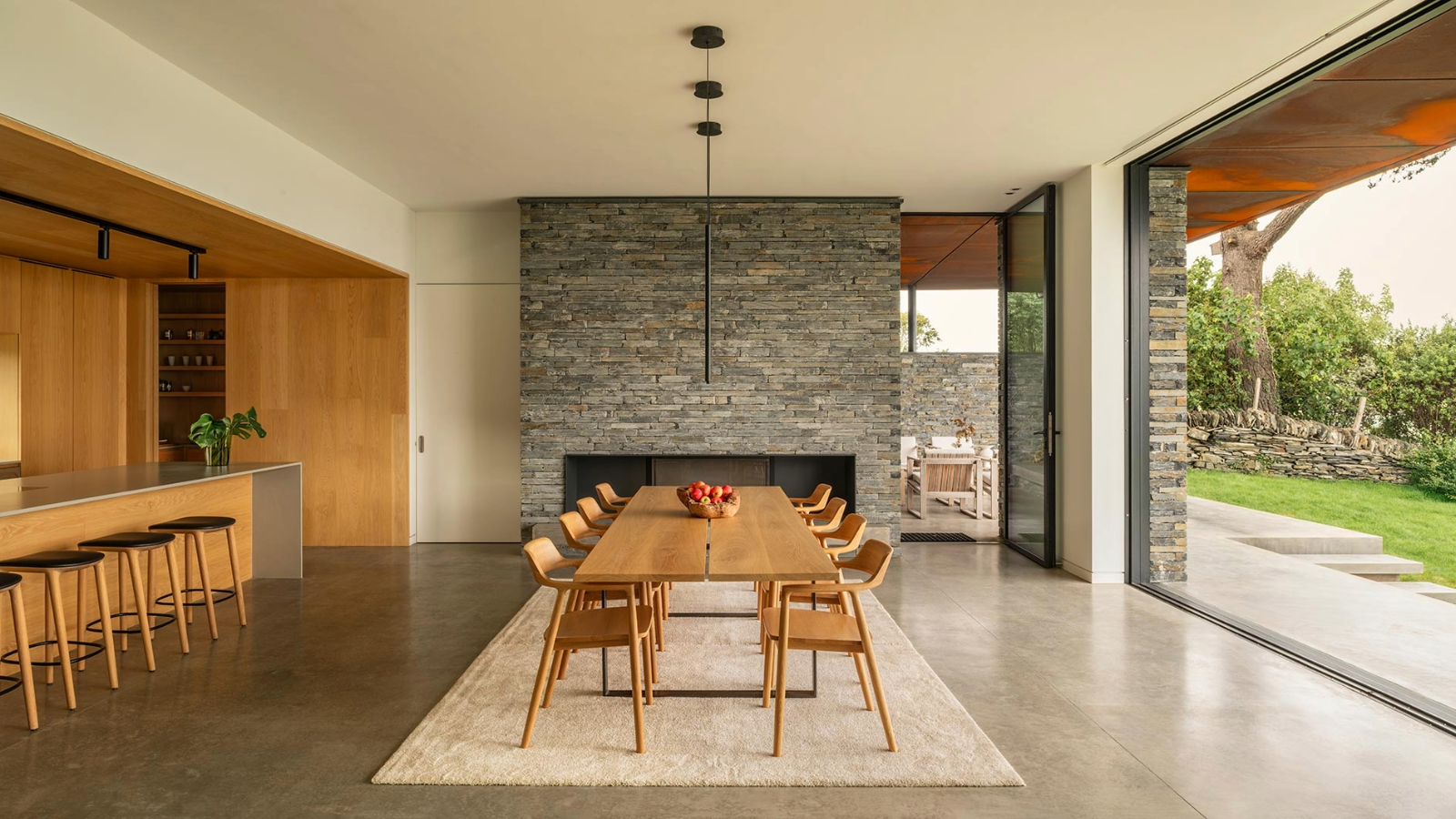 Porthmadog House mines the rich seam of Wales’ industrial past at the Dwyryd estuary
Porthmadog House mines the rich seam of Wales’ industrial past at the Dwyryd estuaryStröm Architects’ Porthmadog House, a slate and Corten steel seaside retreat in north Wales, reinterprets the area’s mining and ironworking heritage
-
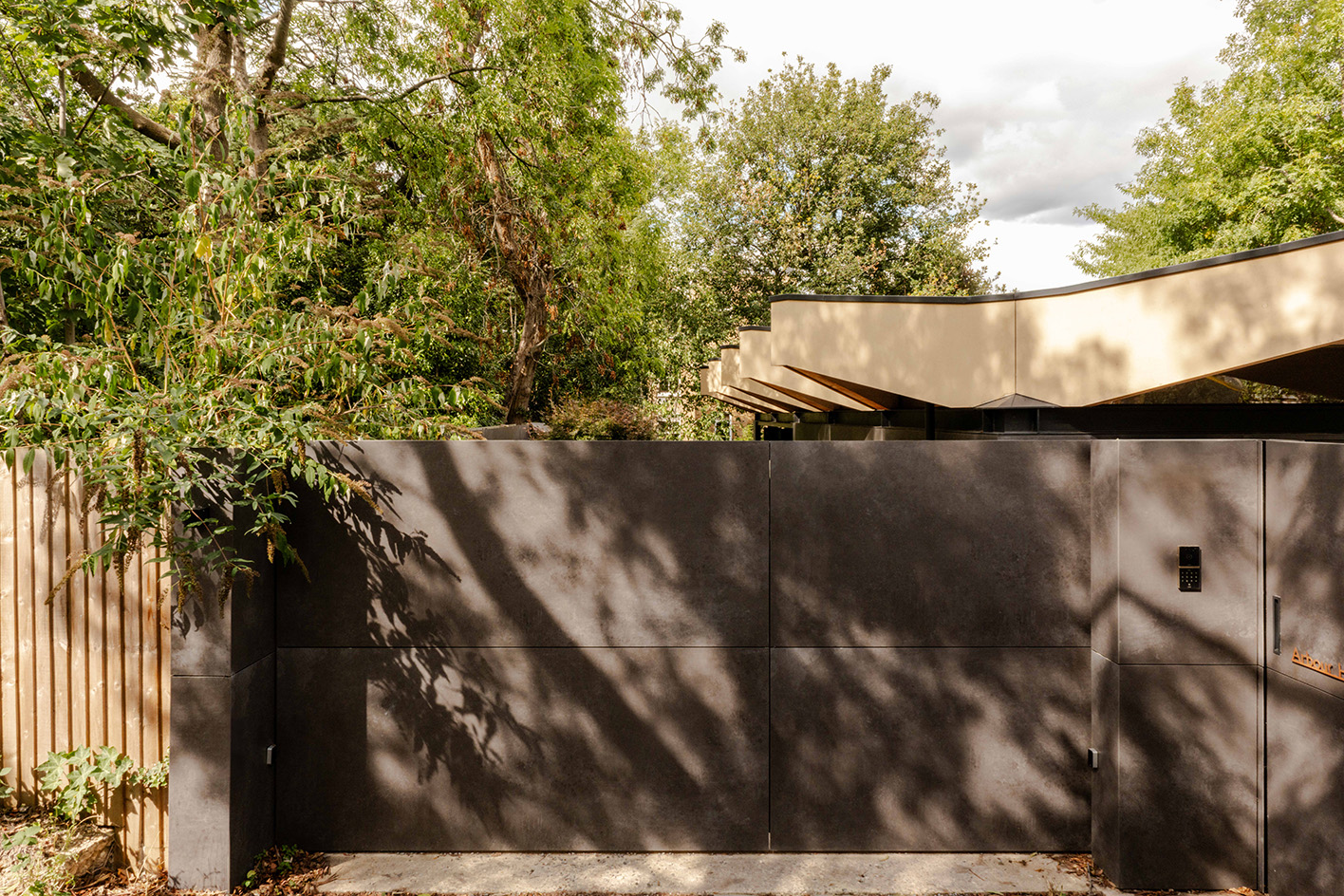 Arbour House is a north London home that lies low but punches high
Arbour House is a north London home that lies low but punches highArbour House by Andrei Saltykov is a low-lying Crouch End home with a striking roof structure that sets it apart
-
 A former agricultural building is transformed into a minimal rural home by Bindloss Dawes
A former agricultural building is transformed into a minimal rural home by Bindloss DawesZero-carbon design meets adaptive re-use in the Tractor Shed, a stripped-back house in a country village by Somerset architects Bindloss Dawes
-
 RIBA House of the Year 2025 is a ‘rare mixture of sensitivity and boldness’
RIBA House of the Year 2025 is a ‘rare mixture of sensitivity and boldness’Topping the list of seven shortlisted homes, Izat Arundell’s Hebridean self-build – named Caochan na Creige – is announced as the RIBA House of the Year 2025
-
 In addition to brutalist buildings, Alison Smithson designed some of the most creative Christmas cards we've seen
In addition to brutalist buildings, Alison Smithson designed some of the most creative Christmas cards we've seenThe architect’s collection of season’s greetings is on show at the Roca London Gallery, just in time for the holidays
-
 In South Wales, a remote coastal farmhouse flaunts its modern revamp, primed for hosting
In South Wales, a remote coastal farmhouse flaunts its modern revamp, primed for hostingA farmhouse perched on the Gower Peninsula, Delfyd Farm reveals its ground-floor refresh by architecture studio Rural Office, which created a cosy home with breathtaking views
-
 A revived public space in Aberdeen is named Scotland’s building of the year
A revived public space in Aberdeen is named Scotland’s building of the yearAberdeen's Union Terrace Gardens by Stallan-Brand Architecture + Design and LDA Design wins the 2025 Andrew Doolan Best Building in Scotland Award